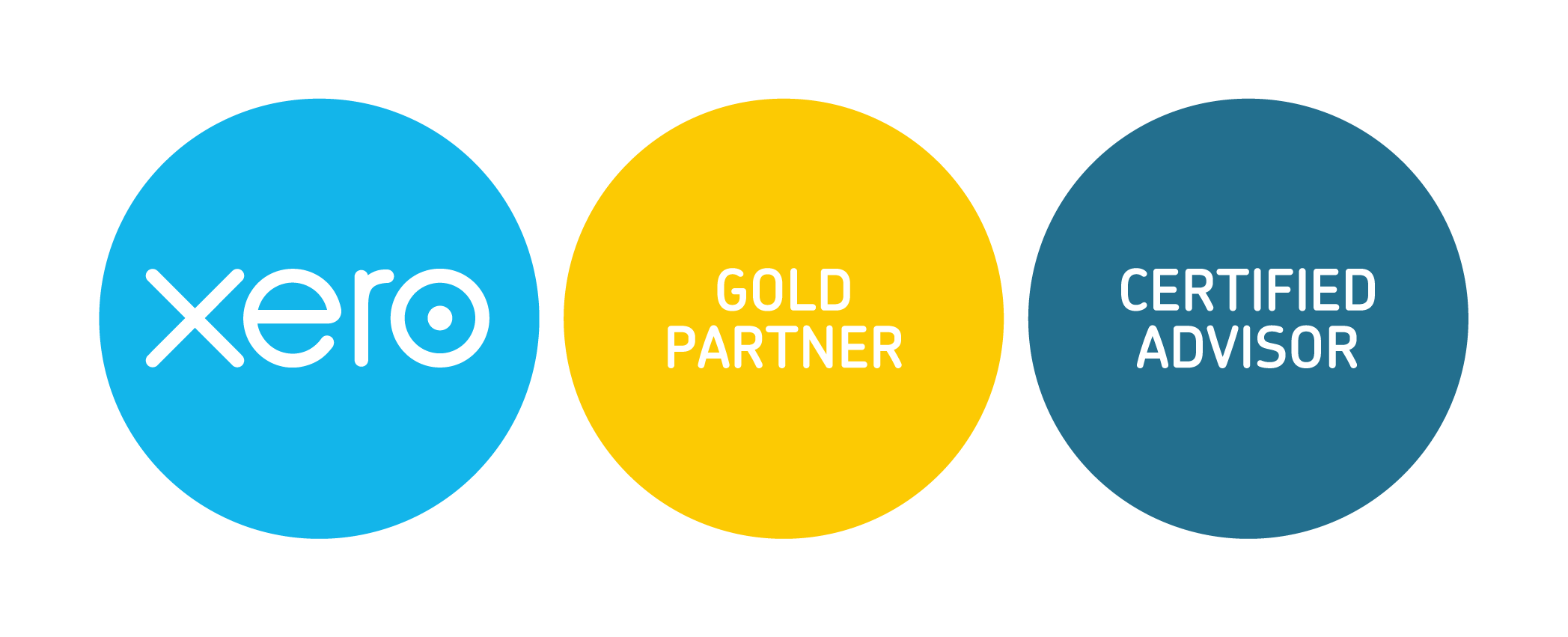
Date posted: 2021-04-15
A P60 is a form from HMRC which shows how much tax you’ve paid through the year. Employees who are on your payroll (PAYE) at the end of the tax year (5 April 2021) will need a P60 generating. Over the next few weeks our payroll team will be busy organising P60s on behalf of our clients.
What’s included on a P60?
Your P60 has details of how much you’ve been paid throughout the year. It also includes how much tax you’ve paid and things like National Insurance Contributions (NICs). If you’re repaying a student loan, that’ll be on there. Maternity pay, shared parental leave and sick pay are all included on the form.
If you’re on a salary sacrifice scheme (e.g. childcare or cycle to work schemes), it’s worth checking your P60 adds up.
The main reason you’ll need a P60 is to file your self-assessment tax return. So for company directors, or those who have multiple sources of income, these are really important! This also applies if you receive income from a rental property or have significant income from savings and investments.
You might also need your P60 to demonstrate how much you earn. This might be for a mortgage application or to borrow money in a different context.
How do I get a copy?
Our payroll team are freeing up their time in April to get cracking with P60s. Once the tax year is finished (on 5 April 2021), HMRC will automatically generate your P60. These are usually sent to employers in the first couple of weeks in April. Employers then have a responsibility to pass these on to their staff before 31 May.
If you need any help with payroll, or you need more information about P60s, get in touch with our payroll team. We’re always happy to help and even though we’re still working remotely, we’re just on the other end of a phone!

